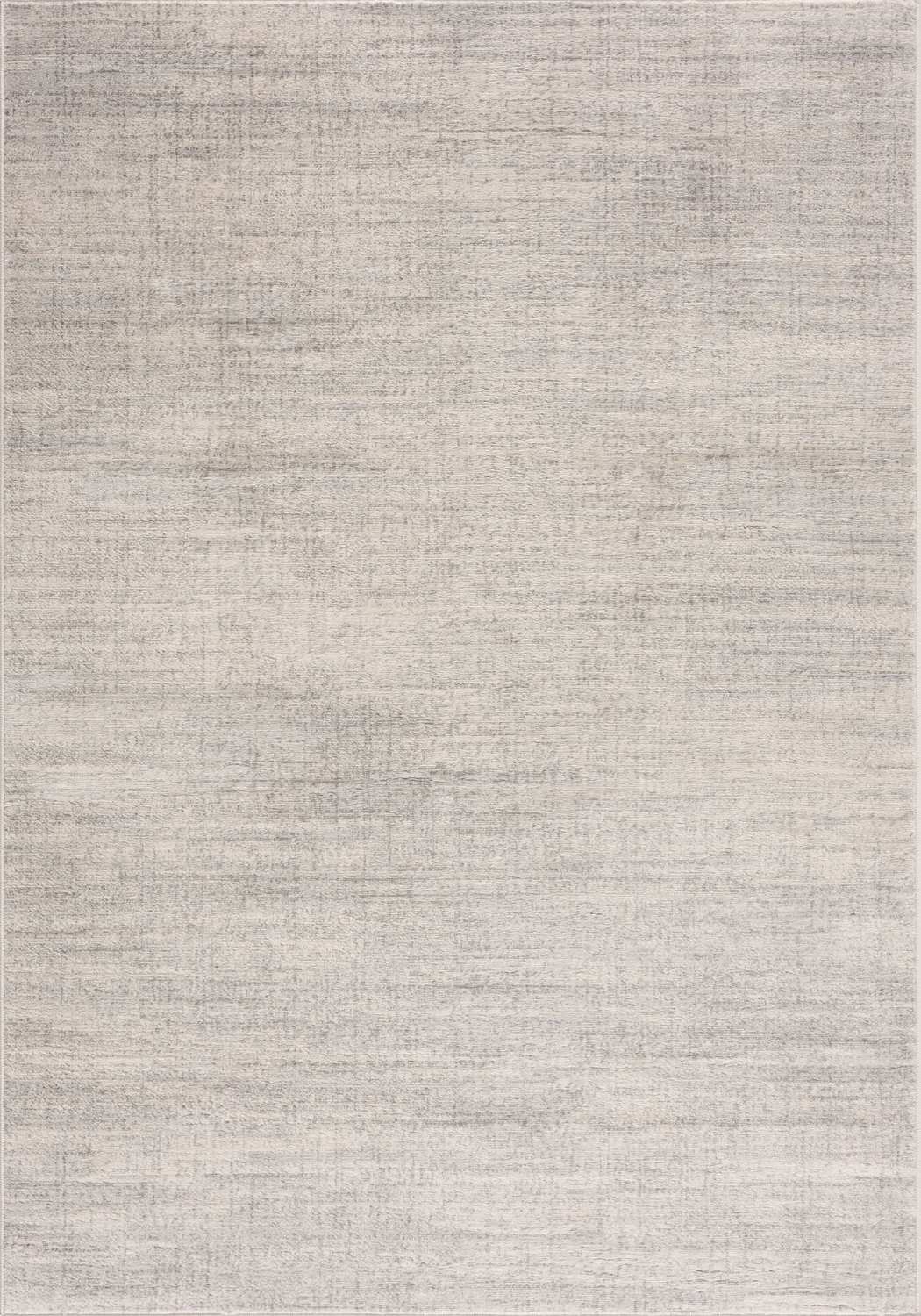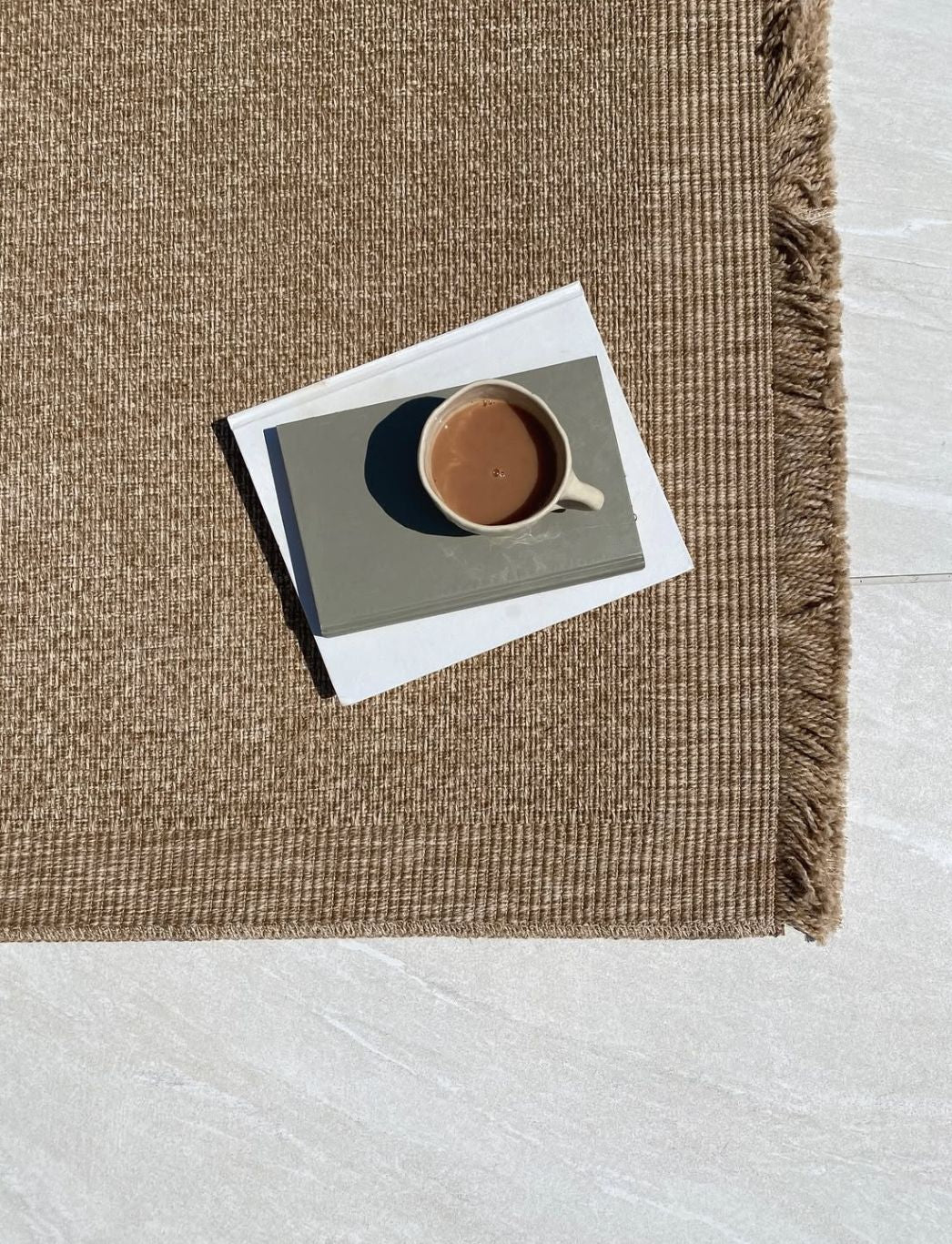How to Get Candle Wax Out of Carpet: Expert Method That Actually Works

Removing candle wax from carpet might seem daunting, but here's the good news—you won't need to stress, spend much time, or break the bank. That romantic dinner or cosy evening can quickly turn into panic when candle wax drips onto your favourite carpet.
Candles definitely add ambience to our homes, but wax has an infuriating habit of solidifying and latching onto textiles, especially carpets. Many people ask how to remove candle wax from carpet effectively. These spills happen naturally with busy lives and families at home. You should tackle wax drips as soon as you spot them.
Your dried wax problem can be solved with a few simple household items and techniques. You might wonder about removing wax without damaging your carpet—don't worry. The right approach will help you remove it without staining or damaging the fibres. Let me walk you through a proven, step-by-step method that works to tackle this common household problem.

Step 1: Let the Wax Harden
You might be surprised, but the best first step when candle wax spills on your carpet is to do nothing at all! Your instinct might tell you to clean it right away, but patience is your best friend here. Let the wax harden completely before you do anything else.
Why you shouldn't touch warm wax
Many people make the mistake of trying to clean up warm wax right away. Fresh candle wax exists in a tricky state - it's both solid (wax) and liquid (fragrance). Trying to clean it while it's warm can lead to some real problems.
The warm wax will sink deeper into your carpet fibres if you try to wipe it. This makes it much harder to remove later. You'll also end up spreading it around, turning a small spot into a bigger mess.
On top of that, it can burn your skin if you touch it. Your safety comes first when dealing with hot stuff at home. You might want to grab a cloth and wipe, but this will only push the wax deeper into your carpet.
The best approach is to let the wax cool down naturally after a spill. Wax takes anywhere from a few minutes to several hours to harden by itself. Small drops usually need about 2-4 hours to settle properly. But there's a quicker way if you don't want to wait that long.

How to freeze wax using ice cubes
You can speed things up by using stuff from your freezer instead of waiting for hours. Ice works great because it makes the wax brittle and easier to remove.
Here's how to use ice to harden candle wax fast:
- Put some ice cubes in a plastic bag or grab an ice pack
- Put the ice right on the wax stain and hold it there for about 10-15 minutes
- Press down gently while the ice does its work
- Touch the wax now and then to check if it's hard enough
Watch out for moisture - it's a big deal. Make sure your ice pack or bag doesn't leak or drip onto the wax. Any water that gets into the wax will make it harder to clean up. That's why sealed plastic bags or wrapped ice packs work better than loose ice cubes.
Big wax spills might need more than 15 minutes of freezing. Keep the ice on until the whole wax spot feels frozen and brittle. Getting it really frozen means you'll have an easier time scraping it off later.
This freezing trick works on all types of carpet. Whether you've got wool or synthetic fibres, you need that wax to be completely hard before moving on.
Different waxes react differently to freezing. Soy candles, which use natural vegetable wax, usually freeze faster than paraffin wax because they have lower melting points. This helps later when you need to use heat to remove any leftover wax.
After your wax is totally frozen - either naturally or with ice - you're ready for the next step. The brittle wax should now come off your carpet fibres much more easily.

Step 2: Gently Scrape Off the Wax
Your candle wax should be hard by now. Let's get started with removing it from your carpet. The wax becomes brittle when it's solid, which makes it easier to remove most of it without spreading the mess.
Tools you can use safely
The right tool makes removing wax from carpet fibres much easier. You need something sturdy enough to lift the wax but not sharp enough to harm your carpet. Here are the best tools you can use:
Butter knife - A dull butter knife works great because it's firm yet safe for scraping hardened wax. The blunt edge gets under the wax without damaging carpet fibres.
Plastic scraper - A plastic scraper or old credit card gives you a safer option if you don't want to use metal on your carpet.
Spoon - The curved edge of a regular tablespoon gives you excellent control and works really well on delicate carpets without needing much pressure.
Scissors (for cleanup only) - You might see some carpet fuzz after scraping. Just lay the scissors flat against the carpet and trim any fuzz by pressing down on the pivot point.
Stay away from sharp tools like kitchen knives or razor blades. These can easily cut or snag carpet fibres and permanently damage your flooring.
Tips to avoid damaging carpet fibres
Each carpet type needs a different approach to wax removal. The basic idea stays the same, but you'll need to adjust based on your carpet:
Work with gentle pressure - Use just enough force to lift the wax. Taking your time works better than using too much pressure.
Think about your carpet type - Berber carpets need extra care since their loops can fray. Use a lighter touch than you would with standard pile carpets.
Adapt to the wax type - Coloured wax needs special attention. Too much scrubbing can spread the dye and make the stain worse. Paraffin and beeswax might need different techniques.
Vacuum after scraping - A quick vacuum picks up all the loose wax pieces. This stops them from getting pressed back into the carpet during later cleaning.
Handle larger stains systematically - Big wax spills need a different approach. Start from the outside and work inward, cleaning small sections at a time.
You might notice some carpet fuzz after scraping, especially if you've been at it for a while. Your carpet could look uneven once the wax is gone. The fix is simple - lay scissors flat on the carpet, press down on the pivot point, and trim any stray fuzz to keep everything even.
Here's something people often miss: coloured wax needs a gentler touch during scraping. The pigments can sink deeper into carpet fibres if you push too hard. Light, repeated scraping works better than trying to force everything off at once.
A handy trick is to collect wax shavings as you work. Use a small dustpan, paper, or sticky tape to gather the pieces. This stops them from spreading across your carpet where they might melt again or get stepped on.
Don't worry if some residue stays stuck in the carpet fibres after scraping. This happens all the time - you'll probably remove about 80-90% of the wax. The heat treatment in the next step will take care of those stubborn bits that scraping can't reach.

Step 3: Apply Heat to Remove Residue
You might still see some wax stuck in your carpet fibres after scraping off the main chunk. Don't worry - this happens all the time. The next step uses controlled heat that will melt and remove the leftover wax completely.
Using an iron with paper towel or cloth
The iron method works great to get rid of wax residue from carpets. This approach might sound strange since heat caused the problem in the first place. The controlled heat application makes this technique so effective.
Here's how to do it right:
- Set your iron to low heat without steam. You just need enough heat to melt the wax without damaging your carpet fibres.
- Put a clean paper towel or brown paper bag right on top of the wax stain.
- Press the warm iron gently against the paper towel. Light pressure helps transfer heat to the wax.
- Wait about 10 seconds until you see the paper towel soaking up the melting wax.
- Check the paper after lifting the iron. Use a clean spot if you see wax on the paper.
- Keep going with fresh paper towels until no more wax transfers.
Keep the iron moving in smooth, gentle sweeps instead of leaving it in one place. This stops the paper towel from burning and protects your carpet from overheating. Paper towels work better than cloth since you can throw them away - cloth just creates another cleaning task.

Hairdryer method for delicate carpets
A hairdryer offers a gentler option if you have delicate carpets or worry about iron damage. You get better control over the heat, which makes it perfect for sensitive materials.
The hairdryer method works like this:
Choose a low or medium heat setting on your hairdryer. Hold it about 20cm from the paper towel covering the wax. Blow warm air over the spot until the wax starts melting. Press a clean cloth or paper towel firmly on the spot once the wax softens. Switch to fresh paper or cloth and repeat until you've lifted all the wax.
This technique reduces the risk of burning your carpet fibres. You apply just enough heat to soften the wax without direct contact. It's great for small wax stains and works best on valuable or antique carpets.
How to avoid spreading the wax
Take these steps during heat application to prevent damage or spreading:
Test a hidden spot first to check if heat will damage or discolour your carpet. This quick check can save you from bigger problems later.
Begin with the lowest heat and only go higher if needed. Stop right away and lower the temperature if you smell burning.
Never let the iron touch your carpet - it will burn and damage it permanently. Always keep paper or cloth between the iron and carpet.
Move your heat source around instead of staying too long in one spot. This stops heat from building up and damaging carpet fibres.
Start from the edges and work toward the middle of the stain. This keeps wax from spreading to clean carpet areas.
Use fresh paper towels often. Reusing wax-soaked paper can make the wax melt back into your carpet.
Be extra careful with coloured wax since heat can make the dye spread. Use the gentler hairdryer method for better control in these cases.
These heat techniques will help you remove stubborn wax from your carpet safely. You might see a stain from dye or fragrance after the wax is gone - we'll tackle that in the next step.

Step 4: Clean the Stain Left Behind
You might still see a stubborn stain after removing all the wax, especially when the candle had dyes or colourants. These discoloured spots need a different cleaning method than what we've covered.
Using carpet cleaner or stain remover
A quality carpet cleaning solution works best to remove leftover wax stains. Here's the quickest way to use it:
- Apply a specialised carpet cleaner to the affected area
- The back of a spoon helps work the cleaner into stubborn stains
- Test any cleaning product on a hidden spot first to protect your carpet's colour
- Mix equal parts white vinegar and water as a homemade solution and apply it with a clean cloth
Let the cleaner sit according to the product label's instructions. Some tough stains might need more than one treatment. Without doubt, most stains will come out if you're patient and use the right cleaning method.
Rubbing alcohol treatment
Rubbing alcohol is a powerful degreaser that tackles coloured wax stains well. Since wax contains oil, rubbing alcohol can break down residue that other cleaners can't touch.
Here's what you need to do:
- Get a clean white cloth damp with rubbing alcohol
- Dab the stained spot without soaking the carpet
- Keep blotting until the stain disappears
- Use a damp cloth to remove any alcohol residue
We used rubbing alcohol because it works best on dye stains from coloured candles. Don't use much of either since too much could fade your carpet's colours. Always test a hidden spot first.
Blotting vs scrubbing: what works best
The way you clean matters as much as your choice of cleaner. Blotting beats scrubbing for several good reasons.
Your carpet's fibres stay intact with gentle blotting, but scrubbing can push stains deeper and ruin the texture. Many people scrub by instinct, but this spreads the stain and makes things worse.
Tips to blot the right way:
- Grab a clean, white cloth or paper towel
- Press down gently in a dabbing motion
- Start from the stain's edges and work inward
- Switch to clean parts of your cloth as it soaks up the stain
Don't soak your carpet with cleaning solution. Wet carpet takes forever to dry and might grow mould. Add the solution bit by bit and keep the area well-ventilated.
After the stain disappears, blot with clean water to remove leftover cleaner and let it air dry. This drying step helps prepare your carpet for texture restoration next.
Step 5: Restore the Carpet Texture
Your carpet might look flat or matted where you removed the wax and cleaned the stains. This happens naturally when you press down with cloths, paper towels, and cleaning tools. Many people skip the vital step of bringing back their carpet's texture.
Fluffing fibres with a spoon or fork
A spoon or fork from your kitchen drawer can bring flattened carpet fibres back to life. This simple trick works great on most carpets:
- Gently scrape the flattened area with the edges of a spoon or fork
- Work in different directions with light pressure to loosen the compressed fibres
- You can tease out stubborn flat spots with your fingers or a plastic fork
Heavy furniture or intense cleaning pressure can leave deep dents. Here's a cool ice cube trick that helps:
- Let ice cubes melt on the dented spots
- Use a clean towel to blot up extra water
- Lift the fibres with a spoon or fork
A steamer can breathe new life into your carpet pile. Steam helps revive carpet fibres that got squashed during wax removal. Just remember to use your steam cleaner's carpet attachment and lift the fibres with a fork once the area dries.
Vacuuming to lift the pile
A good vacuum session puts the finishing touches on your restored carpet texture:
- The vacuum's upholstery brush attachment fluffs up the pile nicely
- Move the vacuum in multiple directions instead of just back and forth
- Take your time to let the suction pull up those flattened fibres
Your carpet needs regular vacuuming to look its best. High-traffic areas need attention based on how many people live in your home. The suction not only cleans but also fluffs out the fibres.
A soft-bristled brush can give your carpet that final touch. This helps spread the fibres evenly and creates a look that blends with the rest of your carpet.
Step 6: Freshen and Inspect the Area
Your carpet texture looks good now. The last step makes sure it smells fresh and needs a good look-over. People often skip this final check, but it's crucial to get your carpet back to how it was before the wax mess.
Using baking soda to remove odours
Candle wax tends to leave behind smells that regular cleaning can't get rid of. Baking soda does a great job absorbing odours because it gets deep into carpet fibres.
Here's how to use baking soda on your carpet:
- Cover the whole affected area with plenty of baking soda
- Use your fingers or a soft brush to work it into the carpet fibres
- Let it sit overnight to work its magic
- Give it a good vacuum the next morning to get all the baking soda out
The baking soda absorbs more odour, dirt, and oil the longer you leave it on your carpet. You might need to do this twice if the candle smell is really strong. Baking soda works so well because its tiny particles get all the way down to the carpet base and knock out those smells.
Baking soda has a big advantage over spray fresheners - it's dry and won't soak your carpet or cause water damage.
Caution: Do a quick test first. Mix ½ tablespoon of baking soda with ½ cup water, put a tiny bit on a hidden spot, let it dry, vacuum, and look for any colour changes.
Final check for colour or residue
After vacuuming up the baking soda, take a good look at the area. Feel the carpet with your hand to make sure it matches the texture around it. Look at the spot under different lights to check for leftover wax or odd colours.
Here are some final touches to freshen things up:
- Let fresh air in through windows or turn on fans to clear any lingering smells
- Use a carpet deodorizer to make the room smell nice
- Pick a pet-friendly or eco-friendly freshener if you have pets at home
These last steps help make your carpet look and smell clean again, and no one will ever know about the whole wax situation.
Conclusion
Removing candle wax from your carpet might seem daunting at first. Notwithstanding that, a systematic six-step approach makes this task manageable. You need to let the wax harden completely before removal, use the right tools to protect your carpet's fibres, and apply heat carefully to remove remaining wax.
The process also requires quick action on leftover stains to avoid permanent marks, especially from coloured candles. Your carpet's texture needs proper restoration so no one will know about the accident. Take your time with each step because rushing could damage your carpet further.
Accidents happen to everyone, but they shouldn't leave permanent damage. These techniques will help you handle wax spills without panic or expensive cleaning services. A candle mishap won't seem so scary when you have ice cubes, paper towels, and baking soda ready to restore your carpet.
This approach works well whatever your carpet type - from delicate wool to durable synthetics. You'll feel satisfied when your carpet returns to its pristine condition by doing this. The carpet will look fresh and clean again, showing no signs of the wayward wax that caused such concern.
FAQs
Q1. How long should I wait before removing candle wax from my carpet? It's best to let the wax harden completely before attempting removal. This usually takes 2-4 hours, but you can speed up the process by applying ice cubes in a plastic bag to the wax for about 10-15 minutes.
Q2. Can I use a knife to scrape off hardened wax from my carpet? Avoid using sharp implements like kitchen knives. Instead, use a butter knife, plastic scraper, or spoon to gently lift the hardened wax without damaging the carpet fibres.
Q3. Is it safe to use an iron to remove wax from carpet? Yes, but with caution. Set the iron to a low temperature without steam, and always place a paper towel or brown paper bag between the iron and the carpet. Move the iron gently to avoid burning the carpet.
Q4. How do I remove the stain left behind after removing the wax? Use a carpet cleaner or stain remover, applying it gently and blotting rather than scrubbing. For stubborn stains, you can try a mixture of white vinegar and water or use rubbing alcohol for coloured wax stains.
Q5. What's the best way to restore the carpet's texture after wax removal? Gently fluff the fibres using a spoon or fork, working in different directions. Follow this by vacuuming the area with an upholstery brush attachment, moving in multiple directions to lift the pile effectively.










Leave a comment